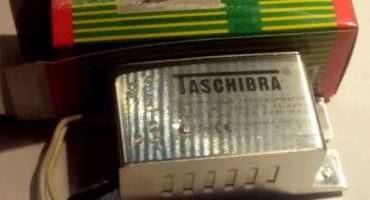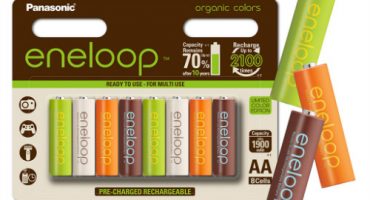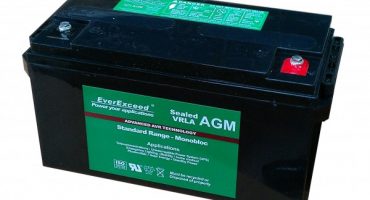Today there are various types of batteries. The most important battery indicators are capacity, number of charge - discharge cycles, internal filling.
Battery Types
Types of battery batteries are determined by the materials used in their manufacture.
Lead elements
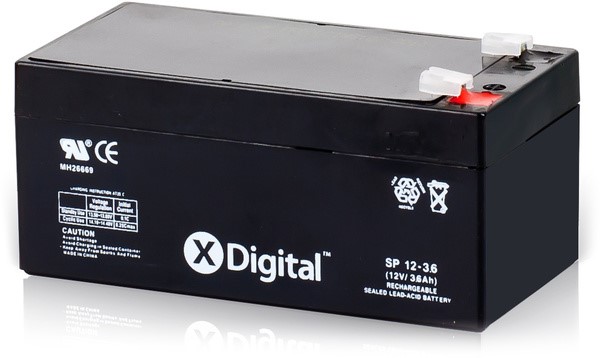
Lead element
The case is tight. Inside, instead of a liquid, a gel is sometimes used. There are valves for the exit of gases. Now this kind of battery is less common, but still this type of battery is produced.
Advantages:
- Low cost.
- Good tolerance of low temperatures.
Disadvantages:
- They are not completely airtight, despite the name - most often they must be operated in a strictly vertical position.
- There are emissions of alkaline or acid fumes - do not use in non-ventilated rooms.
- You can not charge to the limit - boiling liquid leads to failure.
- Low charge leads to a sharp decrease in capacity.
Nickel batteries
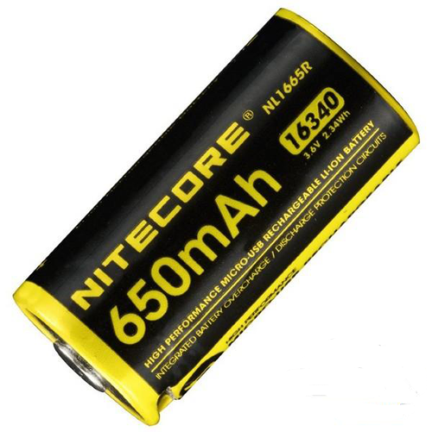
Nickel Cadmium Batteries
Nickel-cadmium batteries have a “memory effect", that is, if you have not completely discharged the battery, it only charges to the level of the last charge. That is, he, as it were, remembers the level of the last charge from which he was charged. To “erase” the memory of such a battery, nickel-cadmium batteries must be completely discharged before charging, if you want to be sure that it will be fully charged, and not, for example, by 80 percent.
It is better to store them in about 40% of the charge, due to irreversible changes in the case of a prolonged discharged condition.
Advantages:
- Low price.
- Possibility of high-speed charging.
- Preserves capacity even at - 20 ° C.
- The number of charge cycles is up to 1000.
Disadvantages:
- Special charging system for full discharge.
- Contain toxic cadmium.
- During the first 24 hours, it may lose 10% of its charge.
- During the first 30 days, it loses up to 20% of capacity.
Long-stored batteries must be recharged with 5 cycles so that they return to normal.
Another type is nickel-based batteries and metal hydrides.

NI-MH battery
Benefits:
- Less toxic than containing cadmium.
- The Ni-Mh battery has no “memory effect" or it is not very pronounced in them.
- It is stored with a full charge. In case of long-term storage, charge monthly.
- They have 50% more capacity than cadmium-based.
- Some are labeled LSD (low self-discharge), i.e. very slowly discharged.
Disadvantages:
- Higher cost.
- Self-discharge is greater than that of those that contain cadmium - they can be discharged within a few months of storage.
- After 200-300 discharge cycles, the capacity begins to decline.
- Less battery life than cadmium-containing batteries.
Before the first use, it is recommended that new batteries be fully charged 3-5 - discharged to bring them into working condition.
Lithium batteries
Various types of lithium batteries are available.
Li-ion batteries (li ion)

Li-ion
The increasingly popular battery.DO NOT allow full discharge, so some models are available with protection against full discharge.

Li-ion with and without protection
Advantages:
- There is practically no “memory effect" - it can be charged in any state.
- High capacity, lightweight, therefore, has also become widespread in the automotive industry, where the ratio of the weight and power of the battery strongly affects the daily mileage.
- Slowly discharged - on average up to 3% in the first month, and 1% in subsequent months.
- High-speed charging almost does not harm further operation.
- Prices are gradually falling.
Disadvantages:
- All types of existing lithium ion batteries do not tolerate cold. Below 0, the capacity drops sharply.
- More expensive than Ni htm and ni-cd batteries.
- They tend to explode if improperly charged.
It is recommended to charge them already at half charge. The more charge-discharge cycles, the less batteries work. Hence the conclusion - try not to allow a complete discharge. Keep these batteries as charged as possible - this will ensure their long-term performance. For example, when using a laptop, keep it always plugged in. The laptop will be powered by current from the network, and the battery will be used less often, for example, on the road, or where autonomous power is really needed.
Some even remove batteries from laptops, pre-charging them, and store them separately to increase battery life. However, this method has its drawbacks - a laptop, in the event of a blackout or if the owner forgot to properly shut down the operating system, may not save important data. It also negatively affects the operating system. In any case, you have to periodically put the battery on charge so that the charge level is as high as possible above 50%.
Varieties of lithium batteries
Lithium polymer batteries
Some of them are completely dry, and therefore durable and less fire hazard. Their characteristics are better at relatively high temperatures. Therefore, they are often preferred to use in hot climates.
Lithium ion polymer
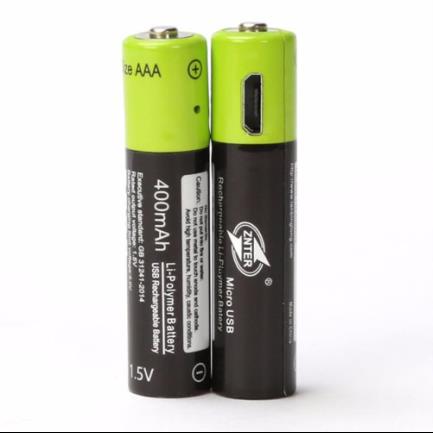
Li-ion polymer battery
Manufacturers in most cases still add the gel inside the battery. The name of the battery remains the same as that of completely dry Li-Polymer, although lithium-ion polymer batteries would be more correct. They are most often used in phones and laptops.
The differences in such batteries are determined primarily by the cathode material. The cathode material can be recognized by the second letter in the battery name. For instance:
- C - with cobalt. Such batteries have the highest capacity value.
- M - with manganese. The capacity is less, but they have a maximum discharge current, that is, they are best used where a large return current is needed.
- F - iron - phosphate. They have a smaller capacity, as well as the supplied current, but you can recharge more than 1000 times in 1 hour.
Advantages:
- Reduced size and weight - thickness can reach millimeters with low weight.
- Possibility of bending.
- High enough capacity.
Disadvantages:
- Deep discharge is not acceptable.
- Cost is higher than usual.
Li-Fe
Lithium-iron-sulfite batteries have high recharge times - up to 2000, quickly charge - 15 minutes, high return current - 60-130 A. They work well at -30 C, require a special charger, and have more weight than usual. Prices are still high.
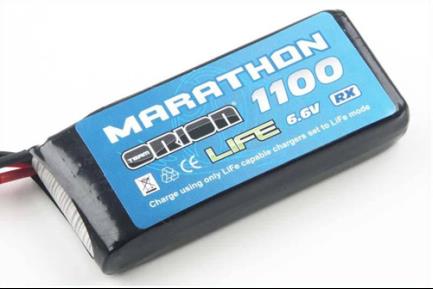
Lithium iron sulfite
How to determine your preferred battery type
First of all, determine what is most important and what is not for you. If the weight and size do not matter, but the price is - take lead batteries. They are bulky, but the cheapest. If size, weight and price are important to you, take nickel batteries. If you need compactness and high efficiency, and the price is secondary - take lithium batteries. The most powerful are Li-Fe batteries. But also quite expensive.
Types of batteries
The types of batteries produced vary significantly. Consider the most popular sizes.
Size "AA"
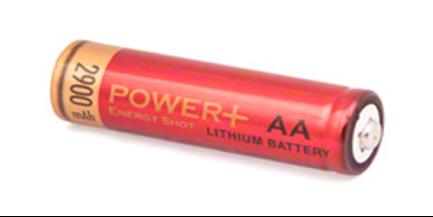
"AA"
Voltage 1.2V, length 50.5 mm, diameter 13.5-14.5 mm. Usually called "finger-type".
Size "AAA"
Voltage 1.2V, length 44.6 mm, diameter 10.5 mm.Often called the little finger.
Size "16340"
3.7V, length 35 mm, diameter 17 mm.
Size "18500"
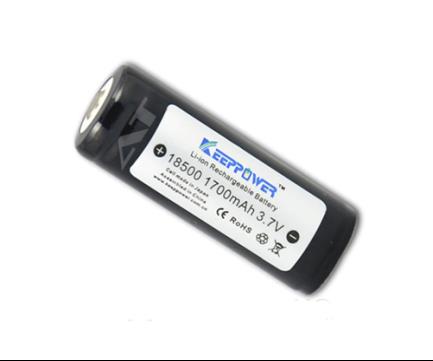
«18500»
3.7V, length 35 mm, diameter 18 mm.
Size "18650"
3.7V, length 67 mm, diameter 18 mm.
Also designated 168A. The shape resembles AA or AAA, but is larger in size. Battery capacity 18650 is usually in the range of 2200-4000 mAh. The battery is charged by supplying a voltage of 0.05 V, and ends with a voltage of 4.2 V. The recommended current strength is 0.5 A. In some cases, if you need to charge the battery urgently, a maximum voltage of 1 A is allowed. Charging time - 3 hours. More time causes overheating. Of course, all these operations should be performed by the charger. Therefore, it is so important to choose the right charge.
Size "26650"
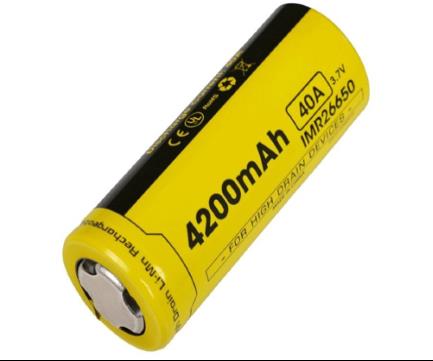
«26650»
Voltage 3.6 V, length 68-72.5 mm, diameter 26.5 mm.
Some models promise 1,500 charge / discharge cycles. After this period, the battery capacity drops to 80%. Used in devices where a powerful power source is required.
Size "32650"
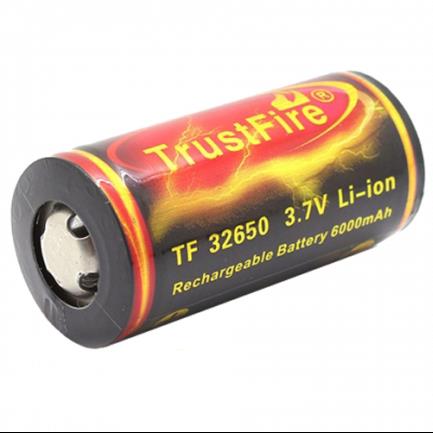
«32650»
Voltage 3, 7 V, length 68 mm, diameter 33 mm.
In most cases, it comes with a protection board. Weight up to 150 gr.
Size “R14 / LR14” or “Element C”
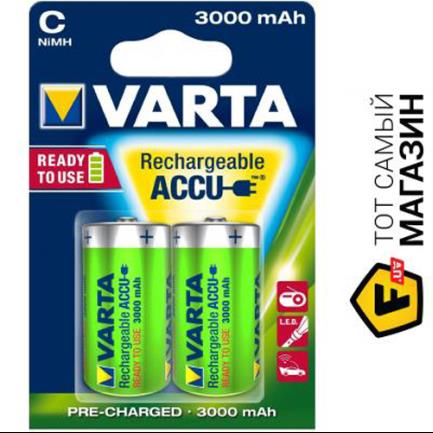
"Element C"
Voltage 1.5 V, length 50 mm, diameter 26.2 mm.
It looks like a small barrel. The mass is usually about 37 grams.
Size “R20 / LR20” or “Element D”
Voltage 1.5 V, length 61.5 mm, diameter 34.2 mm.
It looks like a large barrel, the mass is usually from 66 to 141 grams. Batteries of this standard size (sometimes called "type d"), began to be produced among the first in the world - the first samples were released in 1898 by the future company "Energizer".
Size PP3 ("Krona 9v")
A battery of this type as a crown was named after the popular battery name in the USSR.
Voltage 9V, dimensions: 48.5 mm × 26.5 mm × 17.5 mm.
Weight is 53 grams. Capacity - 120 mAh - 700 mAh. In some models, it is possible to charge with a current of 4.5-5.5 V using the built-in current converter.
Type of battery “Without housing” or “flexible” batteries
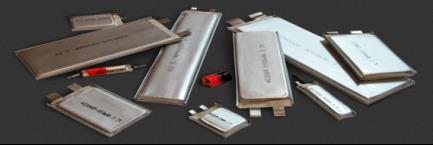
Batteries without housing
Voltage 4.5-6 V, sizes from 3x10x12mm to 5x120x130mm.
Many say that such a battery is more likely not like a battery, but an astronaut’s breakfast in metal foil. However, they are convenient in many cases when the device is compact, the battery compartment has a complex structure.
Charging device
There are several types:
- For the same size of batteries or for different types of batteries.
- Specialized - for batteries, for example, based on nickel or lithium, or universal - for any type of battery.
- For ordinary, that is, a slow charge, and high-speed, or super-fast charge.
- With various timers and charge adjustment systems.
A normal charger should be able to:
- Quickly charge with a higher voltage current than that given by the battery.
- Correctly control the charge process itself. That is, as the charge decreases, the strength of the charged current.
- To be able to charge with a strong current for fast charging in case of urgent need to use a battery, or with a weak current, if you need to charge the battery slowly and carefully. After all, the slower the battery is charged, the less it warms up and is less prone to quickly reduce its service life.
- The charger should be able to turn off charging automatically.
A good charging device can usually charge completely different types of batteries - for example, “finger-type” (“AA”), “AAA”, “186502”, “crown” batteries, in general, as many types of batteries as possible.
- Other things being equal, choose with a higher capacity. This will allow the device to work longer, fewer cycles, and, consequently, longer service life. Except when the battery with the highest capacity is inappropriately expensive, which sometimes happens when new models are released. On the calculator, it is easy to calculate which ratio of capacity and price is most profitable. Even if the price-capacity ratio is slightly worse, it is preferable to take a battery with a larger capacity - everything is compensated by fewer charge cycles.
For example, consider device 8.
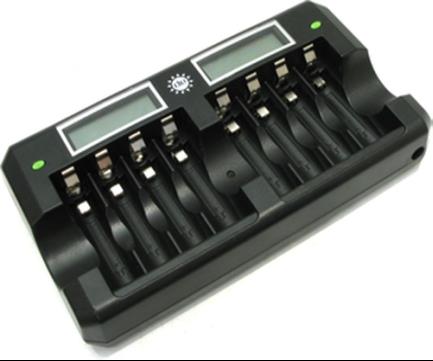
Acme Power RC8
It has the following features:
- charging batteries of different capacities;
- current regulation on different batteries;
- protection if you insert the batteries on the contrary, confusing the plus with the minus;
- high temperature protection;
- shutdown after reaching full charge;
- scheduled on and off settings;
- recharging old batteries;
- fast charge;
- able to work with nickel-cadmium batteries with "memory";
- additional connector for power supply from the car battery to 12 volts.
Get high-quality charging devices - it's worth it. It is advisable to generally purchase batteries and chargers of the same company. Often they are offered in the kit - both batteries and a charger together - which is ideal. In the future, buy batteries from the same company and the same internal structure and you will never have problems with charging batteries.
You can safely buy famous brands of America (Duracell, Energizer, Kodak). Japan (SONY, MAXELL, Sanyo, National, Panasonic, Toshiba, TDK), Europe (PHILIPS, VARTA), Korea (Samsung, LG, TEKCELL, DAEWOO). The place where the batteries are made does not really matter. Usually it is China.
The main thing is not to buy a fake. It can be distinguished first of all by an unusually low price, low quality of printing, lack of fine structure, poor sealing of seams, a short guarantee, and so on. Recently, China has also launched production of good batteries, but here it is necessary to distinguish between "factory" and "artisanal" manufacturers. "Factory" do not fake famous brands, but promote their own. Such batteries deserve attention. They have good quality and reasonable price.

